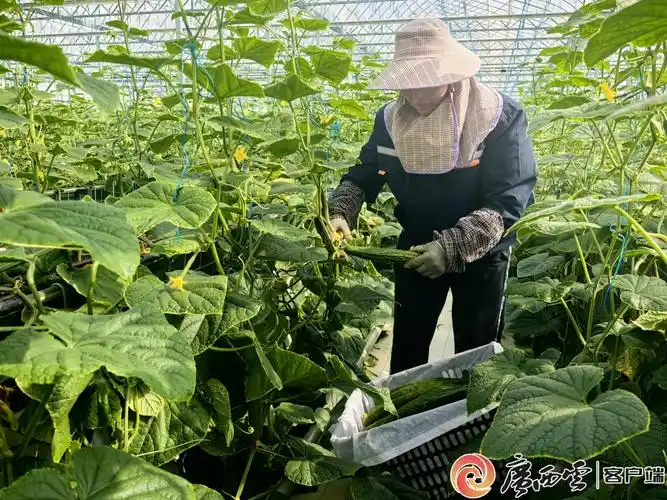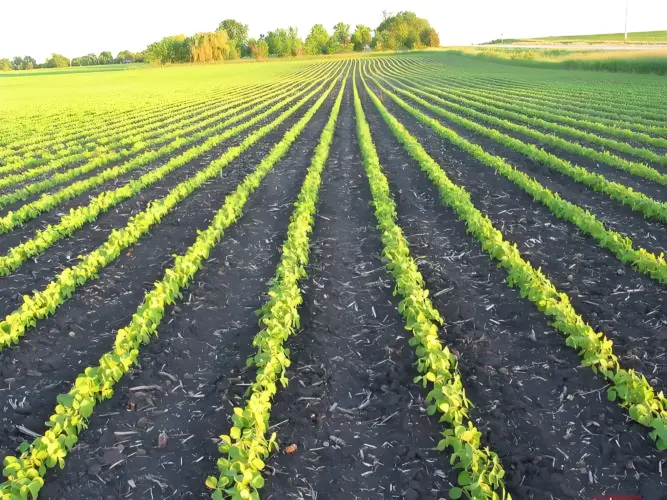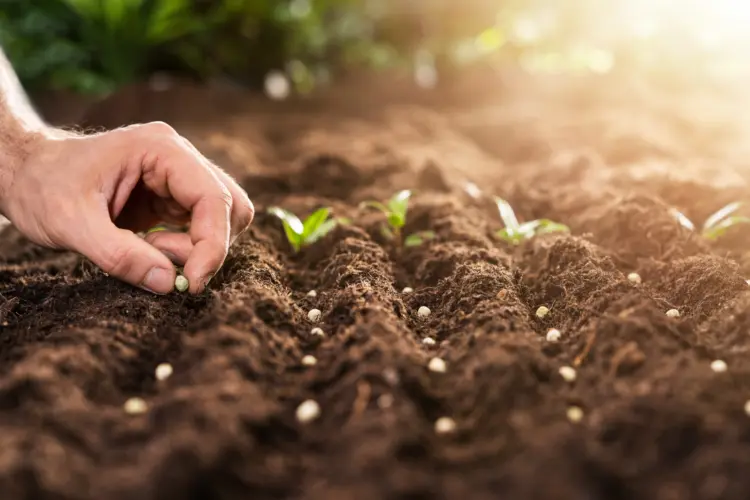Nitrogen Deficiency
- Signs: Yellowing of older leaves, stunted growth.
- Solution: Apply organic fertilizers like compost or blood meal.
Phosphorus Deficiency
- Signs: Dark green or purplish leaves, poor root development.
- Solution: Use bone meal or rock phosphate.
Potassium Deficiency
- Signs: Brown leaf edges, weak stems.
- Solution: Add wood ash or kelp meal.
Diagnostic Methods
- Visual Inspection: Look for common deficiency symptoms, such as leaf discoloration and stunted growth.
- Soil Testing: Conduct tests to measure nutrient levels and pH.
How to Address Deficiencies with Organic Solutions
Compost: Provides a balanced supply of nutrients and improves soil health.
Specific Amendments: Use targeted organic fertilizers, such as fish emulsion for nitrogen or greensand for potassium.
Crop Rotation: Rotate crops to naturally manage nutrient availability and prevent depletion.
FAQs
1. How can I prevent nutrient deficiencies?
Regularly test soil, use organic fertilizers, and practice crop rotation to maintain balanced nutrient levels.
2. Are there organic solutions for all nutrient deficiencies?
Yes, organic options are available for most deficiencies, but they may require more time to show results.
3. How often should I test my soil?
Test soil annually or biannually to monitor nutrient levels and make informed fertilization decisions.
By understanding how to identify and address nutrient deficiencies, gardeners can ensure healthy plant growth and sustainable farming practices.






